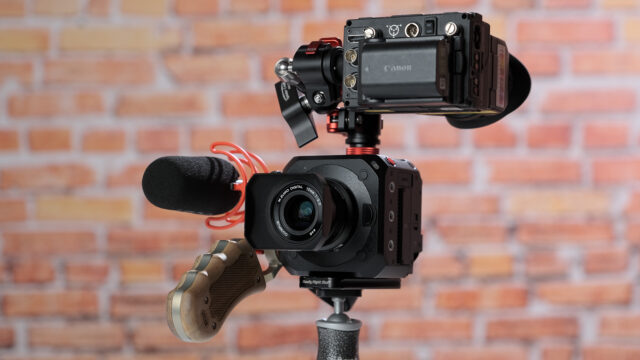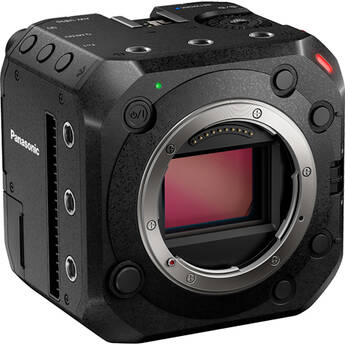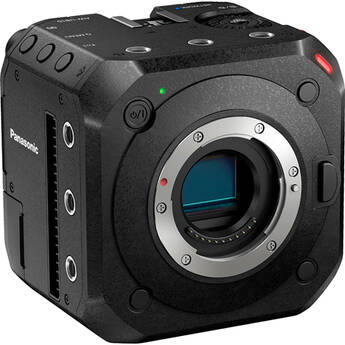
Panasonic refreshes their multi-purpose “box” camera line with the new AW-UB50 and AW-UB10 with full-frame and Micro Four Thirds sensors respectively. The new boxy pair is fairly similar to the BGH1 and BS1H in terms of video specs and seems identical regarding build and ergonomics. The main upgrade revolves around improved connectivity standards, a key feature for these cameras.
Panasonic made a nice move with its BGH1 and BS1H, taking their popular video-oriented hybrid cameras and transforming them into multi-purpose box designs. This allowed for better integration into broadcast sets, various rigging options, and more while maintaining the quality coming from the large sensor.

If it ain’t broke, don’t fix it
With the new AW-UB50 and AW-UB10, Panasonic hasn’t changed much. Mostly because not much change was needed. While the LUMIX lineup gained some significant improvement over the last couple of years, these are mostly irrelevant for such cameras (although I wish we’d gotten the phase-detection focus tracking). The major upgrade with this duo is improved communication with Panasonic’s current PTZ line.
Professional connectivity
Panasonic’s new AW-UB50 and AW-UB10 now support a common IP control protocol that enables a link to the company’s remote camera systems, PTZ, controllers, etc. They will also support a variety of IP transmission standards, including NDI HX2, RTMPS, and SRT in the future. An assortment of physical connections is also onboard, including power-supplying LAN (PoE+ support), 3G SDI, TimeCode SDI in and out, GenLock SDI in, full-size type A HDMI, USB-C, and dual 3.5mm mic in and headphone out ports. Dual SD cards are also available, as well as an internal fan for unlimited recording.

Studio and more
While the AW-UB50 and AW-UB10 are clearly aimed at studio work, they may also prove useful when taken out and about. Their small form factor and modular nature allow for impressive flexibility. Rigged with accessories, mounted to a gimbal, a drone, or a car mount, or even on your shoulder, these cameras can be outfitted to cater to various needs.
The case for modular cameras
The concept of a modular camera seems perfect. Specific adjustment and external modules will transform your camera across various use cases and scenarios. If your needs are specific, you may cut costs, tailor your kit to what you need, and do nothing more. This upgrade from Panasonic reveals the reality around such products: Modularity is exciting as a concept but tends to fail in actuality. These new cameras’ upgrades strongly lean into niche broadcast use. It’s been quite a while since their predecessors were launched, many upgrades have been implemented in both the L-Mount and Micro Four Thirds, but none trickled down into these box cameras. This aligns with the market, which tends to use mostly dedicated gear rather than modular gear.

Price and availability
The Panasonic AW-UB50 and AW-UB10 should be available for preorder soon and launched in early 2025. No official prices yet. If the connectivity upgrades are of less interest to you, you might want to check the discounted BS1H
Are the upgrades put into these new cameras relevant to your creative process? How do you use box cameras? Let us know in the comments.


























